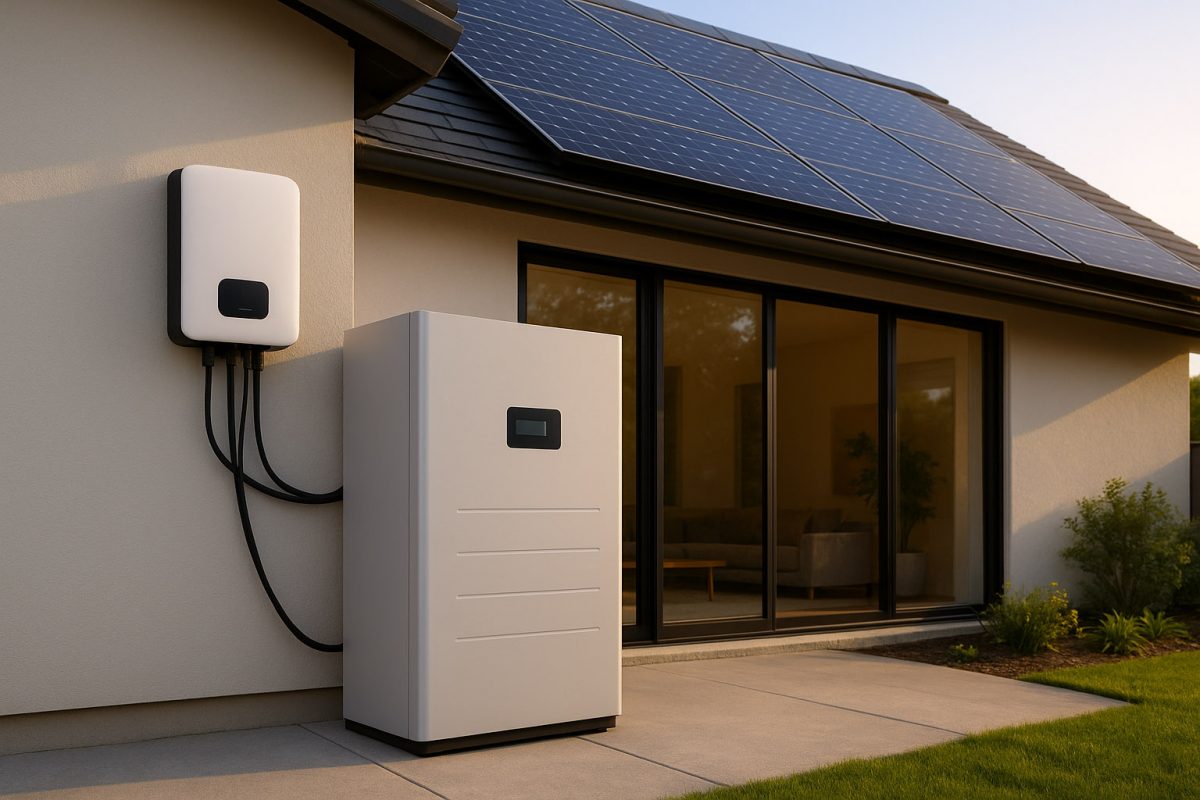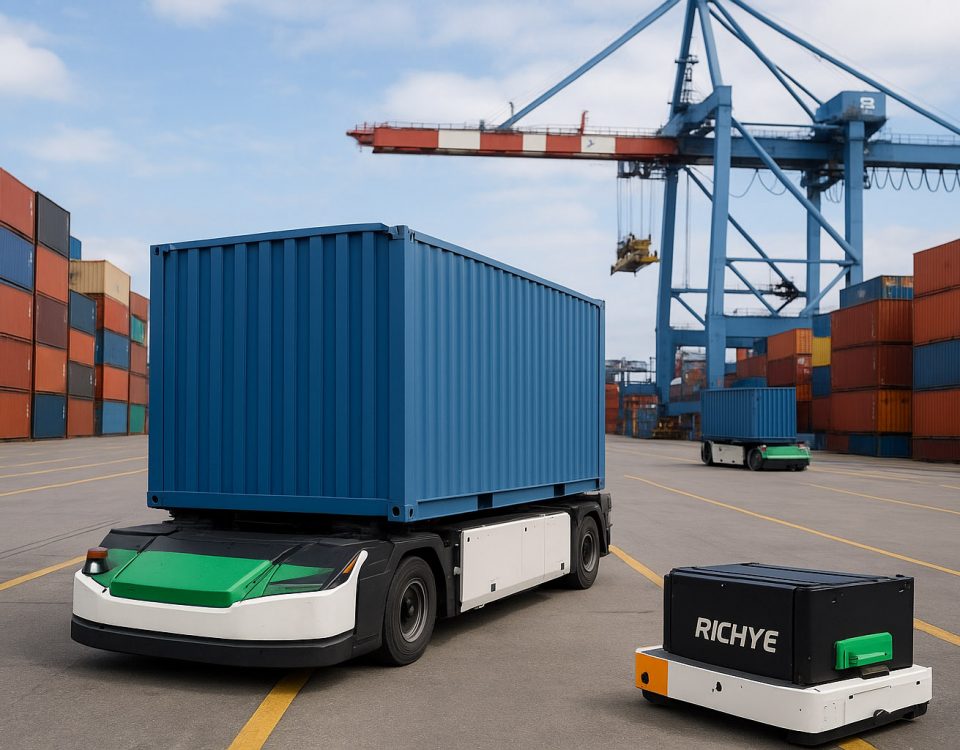What to expect from a 5 kW array, how to size batteries, costs and real-world tips to get the most from rooftop solar
A 5 kilowatt (kW) solar system is often portrayed as the “sweet spot” for single-family homes — large enough to make a meaningful dent in a monthly electric bill, but small enough to fit comfortably on a typical roof and remain affordable for many homeowners. The honest answer to whether a 5 kW system can run a house is: it depends. This article walks through what a 5 kW array is actually capable of, how much electricity it typically produces, when you’ll still need the grid or batteries, and practical steps to maximize value from your installation.
What “5 kW” means in plain language
A 5 kW solar system refers to the peak DC capacity of the photovoltaic (PV) panels when conditions are ideal. That rating doesn’t mean the system constantly delivers 5 kW — production varies by sun angle, clouds, season, and system efficiency (panels, inverter, wiring losses). A helpful rule-of-thumb used across the industry multiplies system size by effective daily “peak sun hours” and factors in real-world efficiency to estimate daily energy production. Using a conservative example (5 kW × 5 peak sun hours × ~80% system efficiency), a 5 kW system can produce on the order of 20 kWh per day on average under good conditions. This is a useful baseline for planning.
How that production stacks up against typical household use
Average household electricity use varies widely by country, climate, and lifestyle. In the United States, for example, typical homes use roughly 800–900 kWh per month (about 26–30 kWh per day) on average, though colder or hotter regions with electric heating or heavy air-conditioning can use far more. That means a 5 kW system producing ~20 kWh/day will cover a significant portion of an average home’s daily needs — but in many cases it won’t meet 100% of consumption year-round without storage or grid support.
What a 5 kW system can run, practically
With ~20 kWh per day available, typical daytime loads you can run comfortably include lights, most kitchen appliances, refrigerators, TVs, and modest HVAC or heat-pump operation if usage is limited. Large, continuous loads — electric water heaters, high-demand clothes dryers, or long run times from central air in summer — can quickly consume that daily budget. For households that want to go off-grid or run critical circuits through the night, battery storage is required and must be sized thoughtfully.
Batteries: how many and what capacity?
If your goal is to cover 24 hours off-grid or ride out outages, you’ll size storage to match your daily consumption, allowing for Depth of Discharge (DoD) and inverter round-trip losses. For example, to back up 20 kWh of daily use with a battery system that you’re comfortable discharging to 80% DoD, you’d need roughly 25 kWh of usable battery capacity (20 ÷ 0.8 = 25). That could mean multiple modular battery units or a larger single bank. In practice most homeowners choose a smaller battery sized for overnight needs and critical loads — fridge, lights, communications — rather than full day coverage, because batteries add material cost.
How many panels will you need?
Panel power varies, but modern residential modules typically deliver between 300 W and 410 W per panel. A quick estimate: a 5,000 W system divided by 300 W per panel equals roughly 17 panels; using 410 W modules reduces the count to about 12–13 panels. Panel choice affects roof space, aesthetics, and cost — higher-watt panels are usually slightly more expensive but require fewer roof penetrations.
Typical cost and incentives (what you should expect to pay)
Installed costs for residential solar vary by region, installer, panel choice, and site specifics (roof complexity, permit costs, interconnection). As a ballpark, fully installed 5 kW systems in the U.S. often fall in the low-to-mid five-figure range. After available federal and local incentives, the net homeowner cost can be substantially lower. Incentive programs and tax credits change over time, so check current local and national policies and utility programs before budgeting — they can materially affect payback and return on investment.
Is a 5 kW system the right choice for you?
Ask yourself these questions:
-
What is your average monthly electricity use (check recent bills)?
-
Do you want full backup power during outages, or only daytime bill reduction?
-
Is your roof orientation and shading suitable for solar?
-
Do local incentives or net-metering rules make smaller systems more or less economical?
A 5 kW system is ideal for households with modest-to-moderate consumption who want to offset daytime usage and reduce bills without a large upfront footprint. For larger households, full electrification (EVs, heat pumps) or high winter heating loads, a larger system or staged approach may be better.
Practical tips to maximize value
-
Audit and reduce demand first. Turning to energy efficiency (LEDs, smart thermostats, efficient appliances) lowers the system size you need to achieve the same offset.
-
Time your high-load tasks. Run dishwashers, laundry, and EV charging during sunny hours to use solar production directly.
-
Consider a right-sized battery. If the goal is resilience rather than full off-grid independence, a battery sized for overnight critical loads often provides the best cost/benefit.
-
Choose installers carefully. Get several quotes, check local references, and evaluate warranties (panels, inverter, labor).
-
Plan for growth. If you anticipate adding an EV or electrifying heating, consider wiring and inverter capacity that allow future expansion without full system replacement.
Final takeaways
A 5 kW solar system can meaningfully reduce a household’s electric bills and cover a large share of daytime consumption for an average home, but it’s rarely a one-size-fits-all solution for full energy independence. The real value comes from matching system size to actual consumption patterns, combining solar with energy efficiency, and choosing storage that aligns with your resilience goals. Speak with reputable local installers, run the numbers based on your bills, and design for flexibility — that’s the cleanest path to a system that both saves money and fits your lifestyle.




